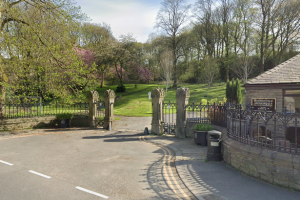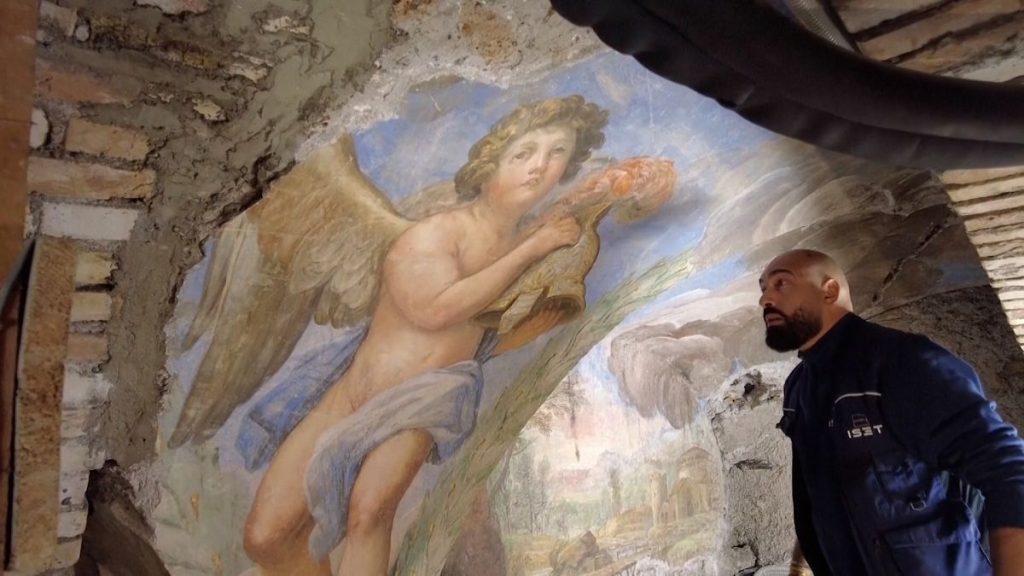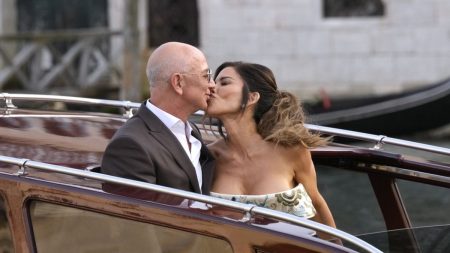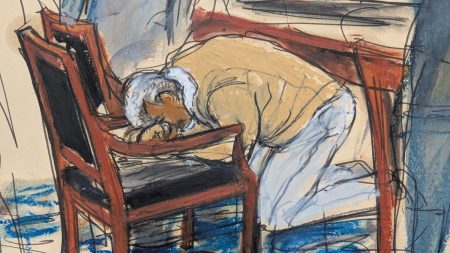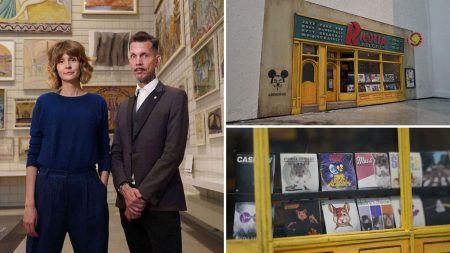In a remarkable turn of events, an unexpected discovery emerged from a routine inspection at the Villa Farnesina in Rome, a celebrated Renaissance architectural gem. Electrician Davide Renzoni unsealed a ceiling trapdoor and was struck by an astonishing find: exquisite 17th-century frescoes that had remained hidden for centuries. As Renzoni peered through the doorway, he initially noticed a cherubic figure along with a vibrant landscape, but it wasn’t until he procured a lamp for better visibility that he fully appreciated the stunning artwork that lay in wait. Renzoni’s initial reaction captured the essence of this discovery—immense astonishment at unveiling a piece of history previously unbeknownst to all but the villa itself.
The Villa Farnesina is notable not only for its Renaissance architecture but also for its celebrated frescoes by the renowned artist Raphael. This latest discovery, though, adds another layer to the villa’s storied past. Nestled above a Victorian ceiling installed in the 19th century, the frescoes adorn what was once the living space of Agostino Chigi, a wealthy banker and the villa’s original patron from the early 16th century. Renzoni’s swift actions led him to contact Virginia Lapenta, the villa’s curator, who shared in the excitement upon viewing the hidden artwork. Among the rediscovered pieces was a coat of arms representing the Farnese family, the villa’s historical proprietors, heightening the emotional weight of this revelation.
According to ongoing research, these frescoes are attributed to Carlo Maratta, a significant Italian Baroque painter, along with his students Girolamo Troppa and François Simonot. The frescoes are believed to have been created during Maratta’s restoration work on Raphael’s famous “Cupid and Psyche” in 1693. This unfurling of art history emphasizes that Maratta not only concentrated on Raphael’s known masterpieces but also contributed to lesser-known segments of the villa, which have remained obscured until now due to extensive renovations in the 19th century.
While direct access to the frescoes is currently limited due to space constraints, high-resolution photographs and live camera feeds allow art enthusiasts and researchers to appreciate the artistry from afar. In light of this discovery, the Villa Farnesina has organized a new exhibition titled “The Seventeenth Century in the Villa Farnesina,” which is set to run until January 12, 2025. The exhibition aims to provide visitors with insights into the broader context of 17th-century art in Rome, showcasing how Raphael’s legacy influenced the era.
Not only does this find enhance the Villa Farnesina’s historical narrative, but it also invigorates academic interest and cultural engagement. The surprise element of the discovery and its implications for further study resonate with the research aspirations of institutions like the Accademia dei Lincei, which conducts various heritage research projects at the villa. The frescoes’ rediscovery has galvanized further explorations into the villa’s architectural and artistic heritage, positioning it as a focal point for those interested in Baroque and Renaissance art.
Overall, the unearthing of the frescoes within the Villa Farnesina serves as a poignant reminder of art’s capacity to both surprise and educate, illuminating facets of history that were once obscured by time. This astonishing encounter with the past not only enriches the narrative of the villa but also invites contemporary audiences to reflect upon the artistic achievements of the era, all thanks to an electrician’s fortuitous discovery of what lies beyond the ordinary.
